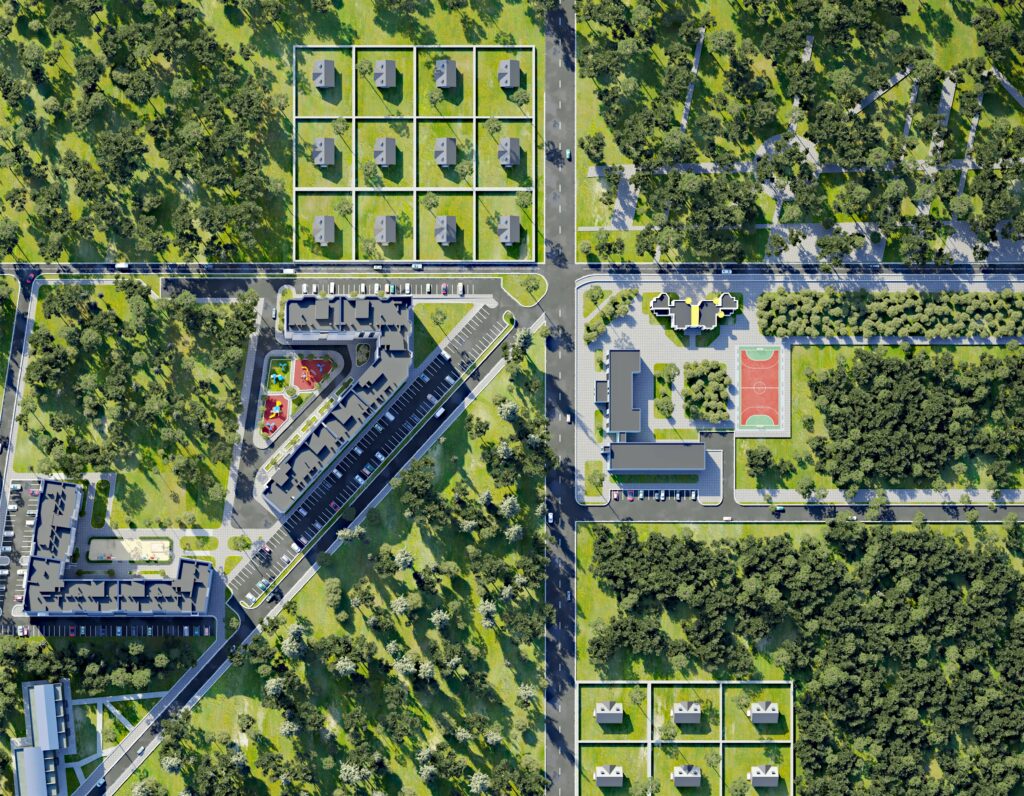The climate crisis has proven to be justifiably considered the main security threat of our time, with the European continent warming faster than others and temperatures rising at approximately double the global average rate. This situation threatens, among other things, energy and food security, ecosystems, infrastructure, economic stability, and citizens’ health.
It is well known that the European Union (EU) is striving to combat the climate crisis with the European Green Deal,[1] which aims to reduce emissions by 55% (compared to 1990 levels) by 2030 and achieve climate neutrality by 2050. Unfortunately, however ambitious the planned measures may be, in practice, we see that Europe’s adaptation policies and actions do not keep pace with the rapidly increasing risks. In an increasingly unstable and unpredictable international environment, where shifting geopolitical dynamics -such as the wars in Ukraine and Palestine, supply shortages, rising oil and gas prices, and inflation- have diverted attention and resources away from the fight against climate change, the EU faces growing challenges in maintaining its commitment to the green transition.
The main source of this problem is the overemphasis on designing solutions rather than implementing them. The EU cannot simply propose a few measures to bring about the necessary change. This became evident in the first climate report card on the EU’s Green Deal progress, published by the EU’s Scientific Advisory Board on Climate Change, which delivered deeply disappointing results. Among the proposed solutions was the urgent need for national governments to take action, as many EU countries failed to implement the proposed measures, missed deadlines, and neglected their obligations. As the effects of the climate crisis become increasingly evident, relying on future action and hoping it will succeed is a naive, if not utopian and fatalistic, stance. The solution must come immediately and from the grassroots. Citizens must redefine their relationship with the EU and realize that by properly utilizing its tools, they can combat this threat more efficiently and effectively, through coordinated and methodical action.
One solution is to approach the green transition in a decentralized manner, at the level of municipalities and cities. For this to be feasible, municipalities and cities must wisely take advantage of the funding opportunities provided by the EU, such as the program, and in turn, create suitable financial tools that will help citizens take active steps against the climate crisis. There are various ways to transform European cities into “green cities,” with the main ones including the shift to renewable energy, infrastructure upgrades, the development of “green” transportation, and the expansion of green spaces. Examples of European cities like Tallinn, Valencia, and Vilnius – which have stood out for their impressive progress in the green transition – demonstrate that this vision is not unattainable.
In a Europe of the future, every level of authority and every citizen must ensure that the climate crisis receives the attention it deserves. The only way to combat the insecurity and fear caused by this threat is timely action and the implementation of climate policies before it is too late.
[1] The European Green Deal is a comprehensive policy framework initiated by the EU to address climate change, promote sustainability, and transform the EU into a climate-neutral economy by 2050. It serves as the EU’s roadmap for achieving a sustainable, resource-efficient, and low-carbon future while ensuring economic growth and social equity.








